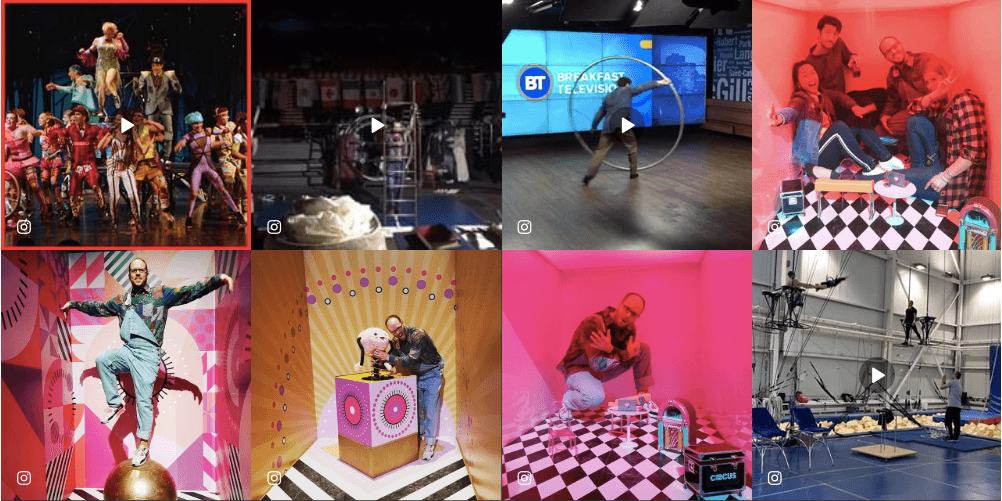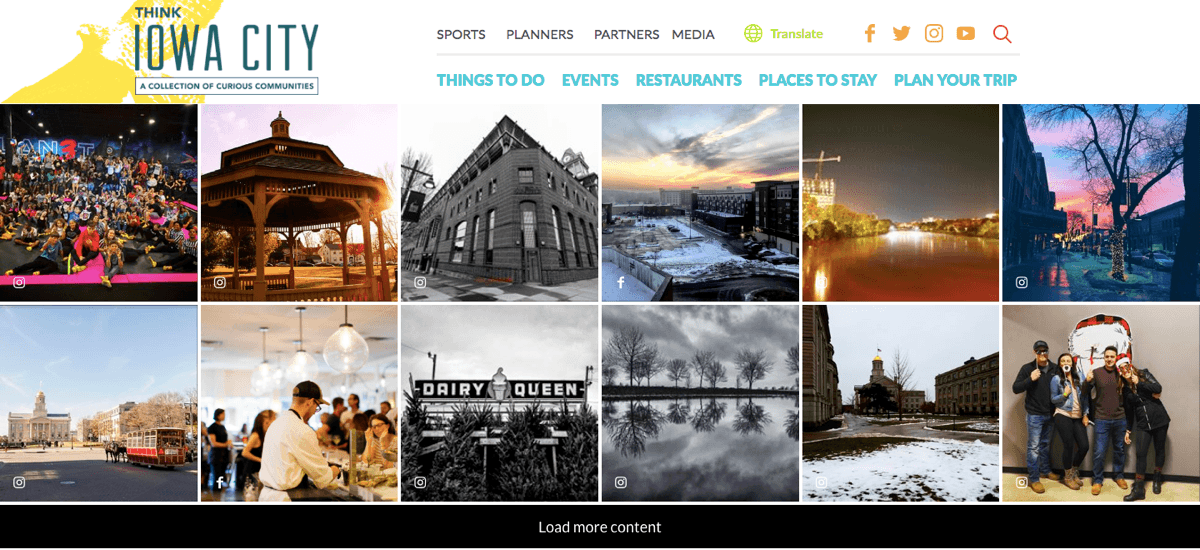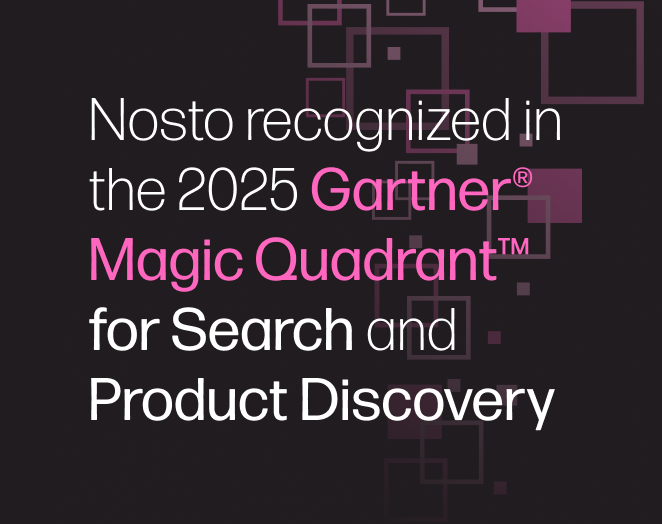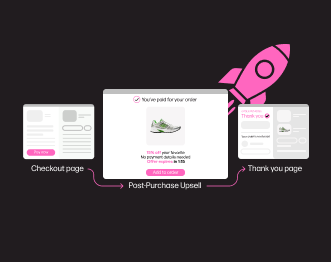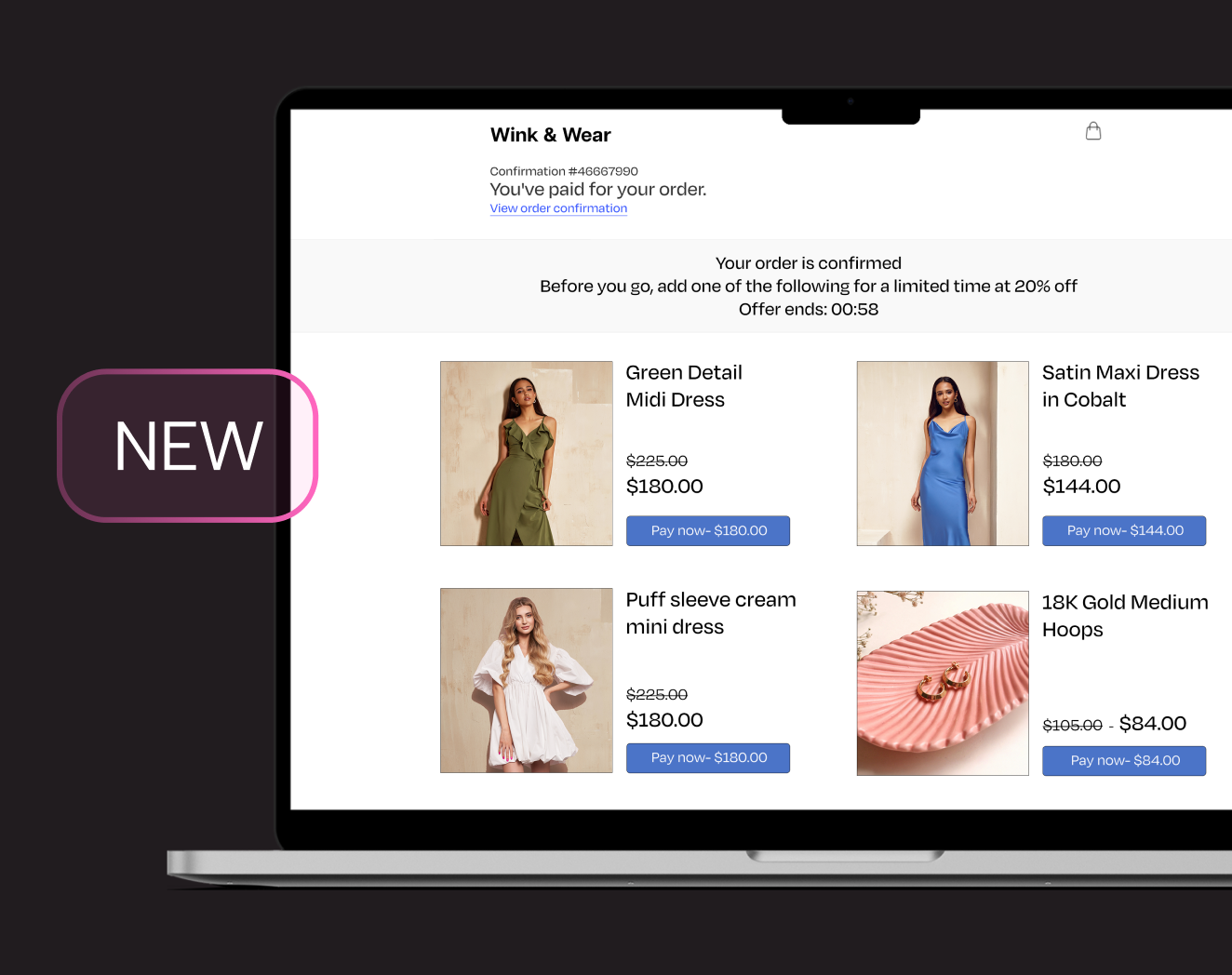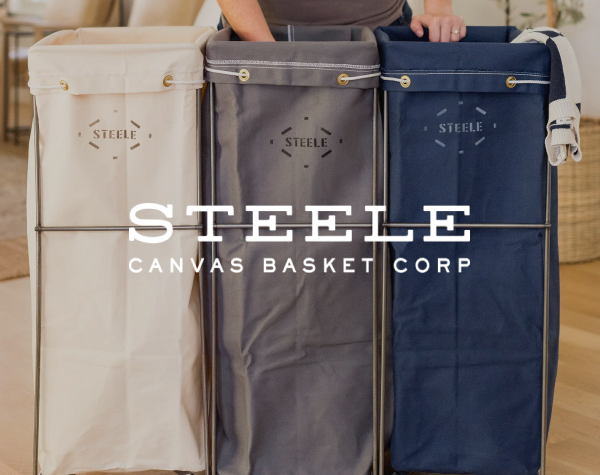It’s Time to Move From Manual to Automated UGC Moderation
We often hear brands express a similar plight: “We’ve manually sourced and published user-generated content (UGC) for years. So how can we be sure of the benefits of moving our manual UGC moderation efforts to an automated platform?”
It’s an important question, and the answer is pretty simple: an automated solution will always resolve inefficiencies, reduce resource costs and improve the scalability of UGC for your marketing strategy.
The downsides? Well, in the long run, there aren’t any. Successfully implementing a marketing automation software, or choosing a marketing technology in general, is a multi-step process. Still, it’s worth the budget, training, and consideration when it can make your team significantly happier and more productive. In fact, on average, companies that rely on marketing automation have 53 percent higher conversion rates and 3.1 percent higher annual revenue growth.
Automated content curation and management resolves inefficiencies
User-generated content is no doubt the future of marketing. In a recent study, 79 percent said UGC highly impacts their purchasing decisions. But, let’s face it, working manually to source user-generated content takes a lot of time—probably more time than you or your team members intend to commit to your UGC strategy.
The manual process of sifting through social networks, identifying images others post about your brand, asking for rights, and checking might be working for your brand. Still, it’s not the most efficient method for UGC management.
When teams are manually sourcing user-generated content, it’s often easy for them to get stuck in a process rut. Maybe you’re thinking about that saying—“If it ain’t broke, don’t fix it.” But an inefficient process is broken. A vast amount of valuable time is wasted in each of these manual steps (including the process of requesting and obtaining rights), and then the manual, disorganized storage of these assets without a centralized repository. Just because it’s a process your team is used to doesn’t mean it’s a process that’s efficient; it might be costing your team more than you think.
We often talk to teams working overtime to create content, like branded imagery, which takes multiple iterations and approvals from various rounds of stakeholders. What should be a straightforward process becomes a project, with teams spending hours making sure an image is relatable, accessible, likable, and shareable (all the features that user-generated content naturally is).
Or, instead of creating branded content, teams are manually scheduling professional photoshoots to develop “authentic” content for their marketing channels. The problem? The photoshoots are expensive, but the coordination required is time-consuming, and it demands further rounds of editing and polishing—losing that sense of authenticity sought after in the first place. So, once again, this manual process becomes an inefficiency.
Manual UGC moderation leaves teams susceptible to the possibility of legal pushback. When content acquisition methods are not rights managed based on digital Terms & Conditions agreements, there’s room for error—and a lot of it. Automated processes reduce the risk of legal consequences regarding content management, especially in the age of GDPR.
Moving from manual to automated UGC moderation reduces high content costs
Whether your marketing budget is small or large, it’s always essential to ensure you’re getting the most out of every dollar you spend. Putting budget toward any solution that costs more time or stress without proper return is throwing valuable resources away (something your boss will notice at your next budget meeting).
Instead, choose to place marketing spend into automated content curation, management, sourcing, and publishing—all with one tool. For example, with Stackla visual UGC by Nosto, brands of all sizes reduce the risk of high resource costs; It has visual recognition software that automatically sources, scans, and tags images based on characteristics and location and content for fast discovery and distribution. Then, the AI engine learns your brand’s visual guidelines and automatically sorts through all of these sourced images to recommend the best ones to tag, rights manage, and publish. Then batch rights management workflows help streamline and scale the process of obtaining legal rights from content creators.
With an automated content tool, brands transform their marketing strategies and their mindsets. Instead of manually creating content (which can lead to second-rate visuals or compliance issues), teams can be confident they’re getting the best authentic user-generated content in the least amount of time—leaving room to allocate resources toward other projects.
Automation sets the stage for scalability as your brand grows
With reduced inefficiencies and lower content costs, your team’s level of performance has room to thrive. In addition, automated content curation allows for simple, seamless scalability as your brand innovates, ensuring your user-generated content strategy always fits well with the rest of your content.
What happens when teams successfully leverage an automated user-generated content tool that scales with them? First, they’re always legally using the best UGC by putting robust rights management workflows. Sure, a manual rights management process might seem easy—find the UGC you like and comment or direct message the creator to ask if you can use it, right? But, in reality, to ensure your brand is copyright compliant, a more robust rights management strategy is essential.
With an automated UGC tool, brands can automatically request rights either by request or registration directly from the platform. With Stackla Visual UGC by Nosto, scalable rights management looks like batch processing, allowing brands to send dozens of requests with a single click. Smart processing queues ensure requests are posted steadily but won’t trigger anti-spam restrictions by the platforms. Imagine how much more your team would get done if, with the click of a button, hundreds (or thousands! hundreds of thousands!) of user-generated photos were automatically rights requested. My guess is, well, a whole lot more.
When content creators start approving your brands’ requests, Stackla automatically triggers a notification to you via Slack to let you know. Then, take action on that content directly in Slack — either publish it, or save it to the Stackla Asset Manager to publish later.
Nosto’s UGC Asset Manager is entirely GDPR compliant. In addition, when your UGC gets rights approved, your team can store those images in a central repository where all other remote team members can access them. With these capabilities, both rights management and asset management are scalable across different levels of your organization—bespoke and broad benefits.
Cirque du Soleil is an excellent example of the power of moving a UGC strategy from manual to automated. By leveraging the authentic content created by fans worldwide, the Cirque team boosted social reach and improved efficiencies while maintaining a fresh, authentic source of visuals across their channels.
As Pierre-Paul Larivière, Director of Digital Ecosystem at Cirque du Soleil, says, “Our fans generate nearly 50,000 pieces of authentic content every three months, and we utilize around 13,600 of those visuals across our digital channels. It would take two additional full-time employees to manually go through that volume of content, but with Stackla, our existing team can curate and moderate all that content in just a few hours per week—leaving more time for us to focus on other activities that can move the needle for our business.”
With all of this authentic content coming through from real fans, Cirque’s digital content channels constantly feature high-quality content without spending a fortune. “We don’t have to shoot and pay for all this content, and it’s reusable once we’ve rights-managed it through Stackla,” Larivière says. “Stackla’s AI-powered content curation and predictive recommendations have allowed our busy team to quickly and efficiently acquire high-quality fan visuals and publish them to all our most relevant digital channels with the click of a button.”
Or, take Think Iowa City, which leverages automated user-generated content management to improve website performance, increase social engagement, develop a robust repository of images and increase staff time efficiency.
“I brag about it all the time. It has made my job a million times easier. Before, I would have to take days out of my week to do photoshoots. We used to have to send photographers out to our surrounding towns. One day a week, I’d have to go out and take pictures in bulk,” says Addison Mittelstaedt, Digital Media Coordinator at Think Iowa City. “With Stackla, now I have time to do other things with those photos coming in. I rely more on Stackla for those images.”
And, Air France leveraged user-generated content as part of its advertising strategy after UGC outperformed branded content during A/B testing. “Our team is saving hours each week using Stackla. We can quickly look for visuals based on hashtags, location, or brand mentions and then destination tags. Stackla makes it easy for us to build a full and authentic visual content library of all our destinations,” says Chloé Marchand, Director of Social Media at Air France. “We have strict internal requirements for the content, so obtaining legal rights from content creators to publish their images is a critical requirement for us. Stackla’s robust rights management workflows are very seamless and easy to manage permissions for the thousands of UGC photos we use.”
With automated user-generated content management processes in place, teams of all sizes save time and money while boosting their authentic content—building long-lasting communities of customers.
Is your brand thinking about moving from manual UGC rights management to an automated process? Schedule a demo below, and let’s talk!

